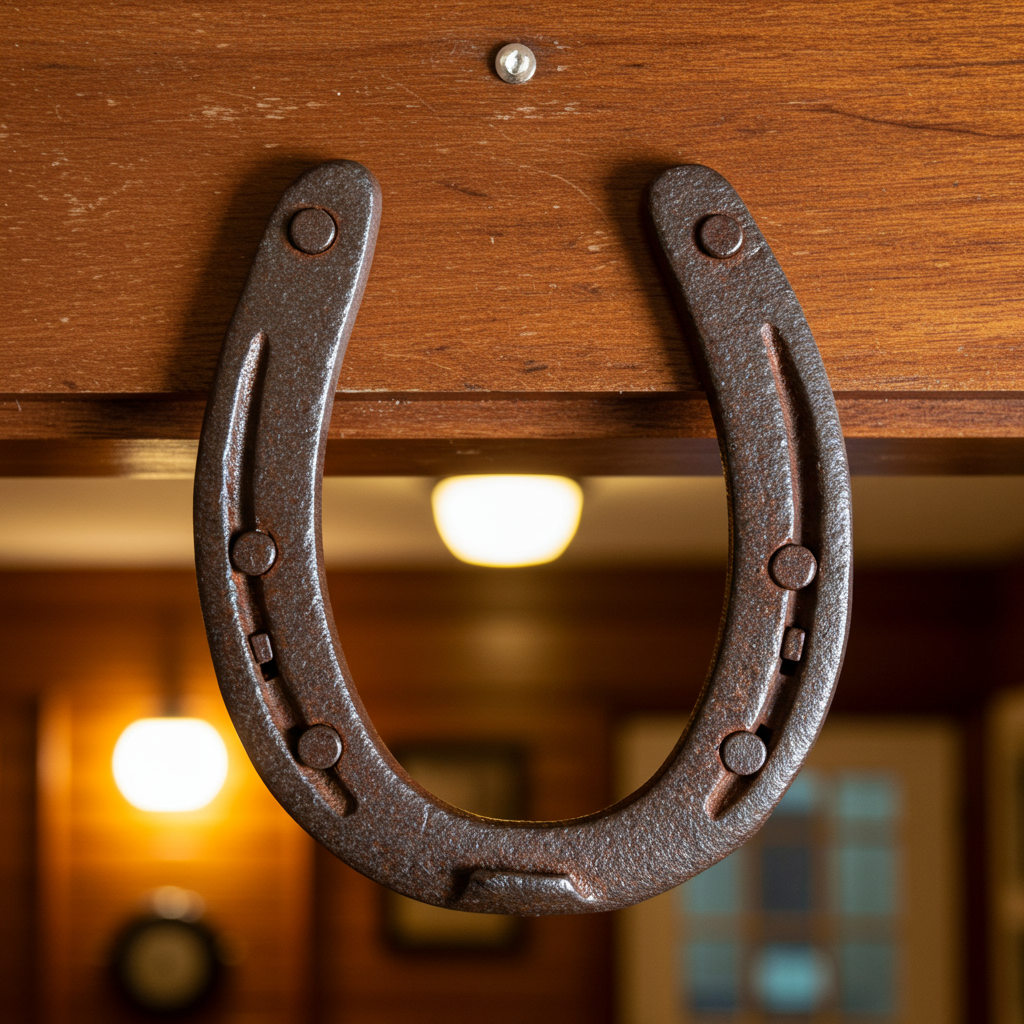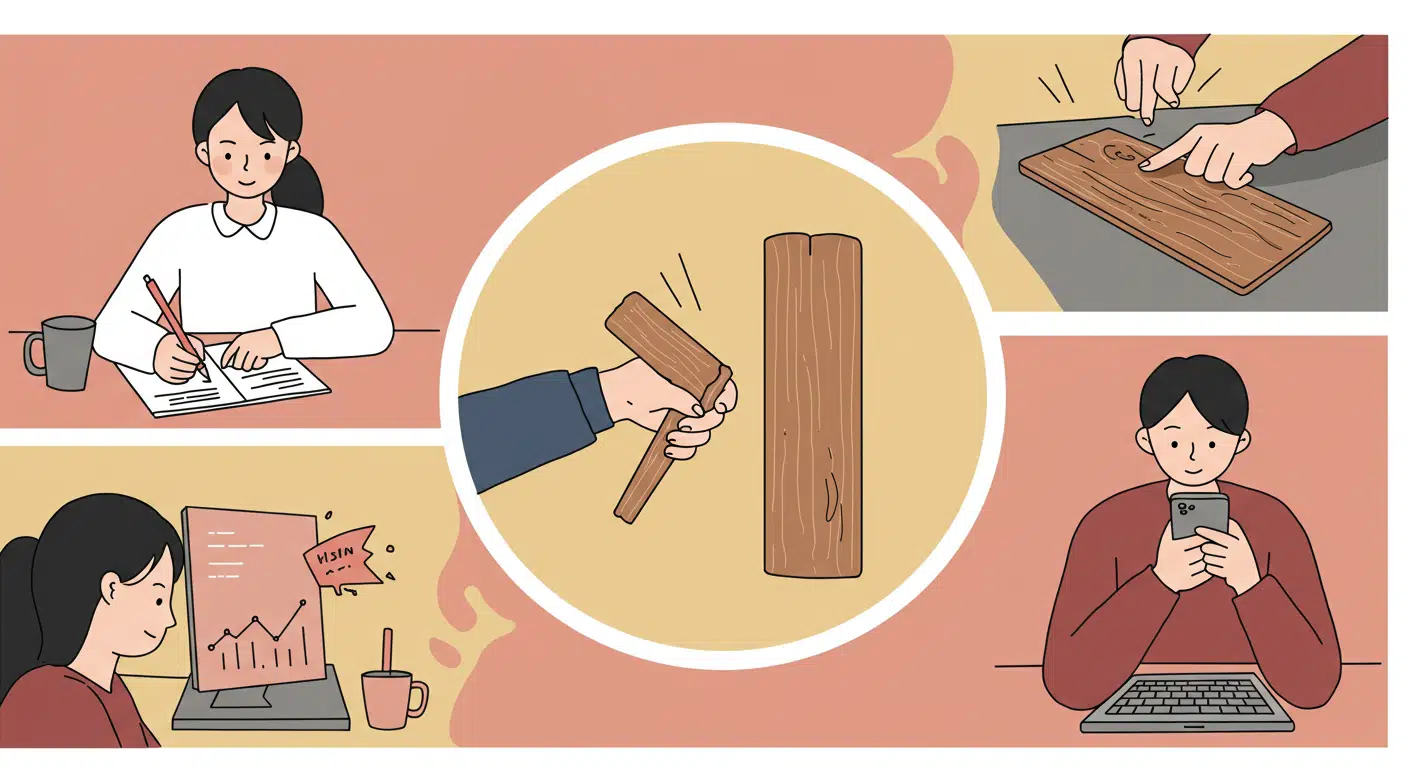According to widespread belief across Western cultural traditions, displaying a horseshoe—particularly when hung above a main entrance with specific orientation—provides protection against malevolent supernatural forces while attracting prosperity and good fortune to the household. This iron talisman’s effectiveness supposedly relies on several factors: proper positioning (points upward to “collect” luck or downward to “pour” luck over entrants); attachment method (traditionally seven nails, an auspicious number); and the horseshoe’s origin (found shoes considered more powerful than purchased ones). Some traditions specify that the shoe must come from a white horse or a horse known for speed or strength for maximum effectiveness.

A baby’s future career or fate is predicted by the first object they select during a ceremonial setup.
In several Asian and Eastern European cultures, a traditional ceremony is held for babies usually around their first birthday. Known


